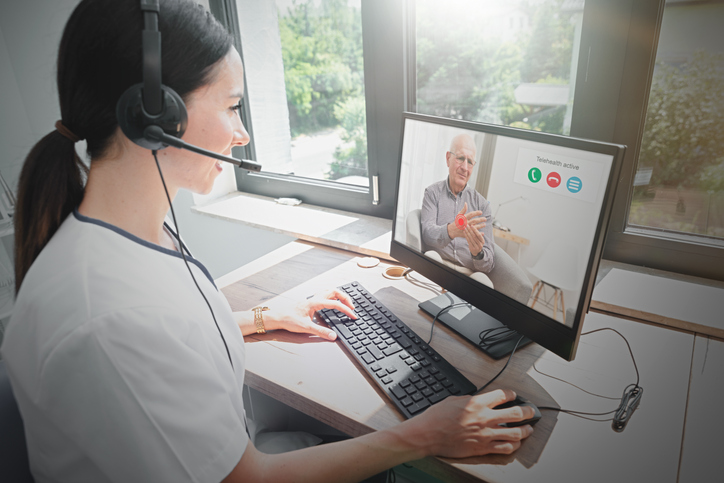Key points
Telehealth is a useful, appropriate, and efficient DSMES delivery mode for both people with diabetes and health care providers. Find out about the many benefits of telehealth and information about reimbursement.

Telehealth benefits
Telehealth uses a real-time audiovisual telecommunication system instead of an in-person visit with a health care provider.
Providing and accessing DSMES services through telehealth has many benefits, including:
- It's scalable and reimbursable (see Reimbursement below).
- It can reach more people with diabetes in less time.
- It's an affordable, efficient way to reach underserved populations.
- It can decrease some barriers to participation, such as transportation and provider shortages.
- It can easily engage people via a smartphone, app, or other technology.
- It may require less staff time for follow-up.
- It can bridge the gap between in-person visits.
Barriers to delivering DSMES via telehealth include:
- Technology – not all technology is appropriate for all people with diabetes. Make sure to match technology to each person's age, abilities, and sensitivities.
- Affordability – telehealth may require expensive technology that a provider or setting can't afford.
- Access – people with diabetes may not have access to the technology.
- Training – additional training for diabetes care and education specialists may be needed.
Reimbursement
Some payers may reimburse for email, telephone, or online communication (without a visual component).
However, for Medicare reimbursement of diabetes self-management training (DSMT), telehealth services must include audio and visual communication in real time.
Please note that the Centers for Medicare & Medicaid Services uses the term DSMT instead of DSMES.
